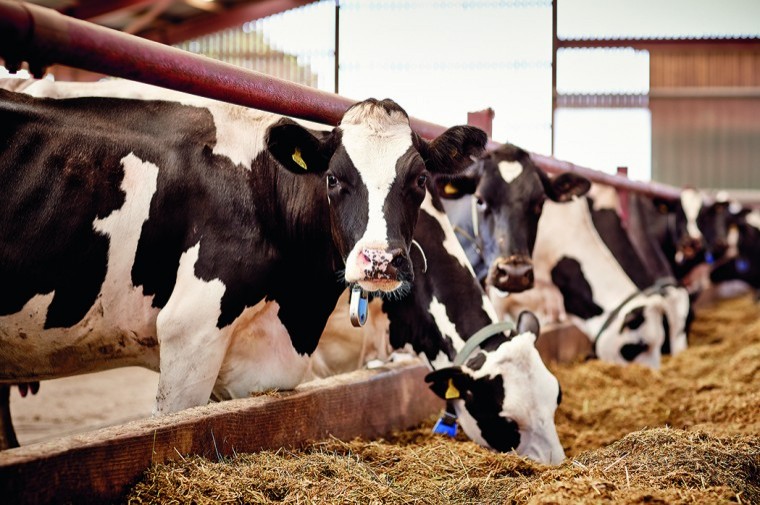Trident Feeds ruminant nutritionist, Bethany May, says that understanding silage analysis results is more important than ever this year.
“Although milk prices are showing early indications of recovery there’s still a great deal of uncertainty, and for many, they need to show significant improvements before margins over purchased feed look sustainable. Therefore, maintaining a control on input costs and making the most of home-grown forage will be key this winter.
“The wet spring and late onset of summer has led to 2016 silages returning some variable results. For this reason, it’s critical that producers get their forage stocks analysed to understand what they’re working with.
“Rations will then need to be balanced adequately, with supplementary feeds, to maximise fermentation efficiency and microbial growth in the rumen, which is the largest contributor of protein and energy to the cow, therefore helping to cost-effectively maintain milk production.”
Using the latest analysis results from Trouw Nutrition as an example, Bethany explains that when compared to last year, many of the grass silages made this summer are drier, higher in fibre and contain less fermentable energy.
“If your silage has this typical analysis, you will need to drive the microbial fermentation of the high forage fibre (NDF) by providing enough rapidly fermentable energy for the microbes to do their work.
“I’d therefore advise including a liquid energy source, such as LactoBoost or Rouxminate. Both these products are concentrated sources of rapidly available energy in the form of sugar and can be easily fed as a supplement in TMR’s.
“The high levels of sugar, 85% in LactoBoost and 60% in Rouxminate (on DM basis), will drive rumen fermentation and lift energy intakes which makes them perfect partners for forages high in fibre and low in energy.
“The highly palatable nature of liquid feeds will also help mask unpalatable feed ingredients and reduce ration sorting. The result is a higher, more consistent, nutrient intake leading to increased production.”
Bethany concludes by reminding producers to get their forage stocks analysed.
“I really can’t stress the importance of this enough. You can’t begin to formulate rations accurately and cost effectively if you don’t understand the value of the base product.”




